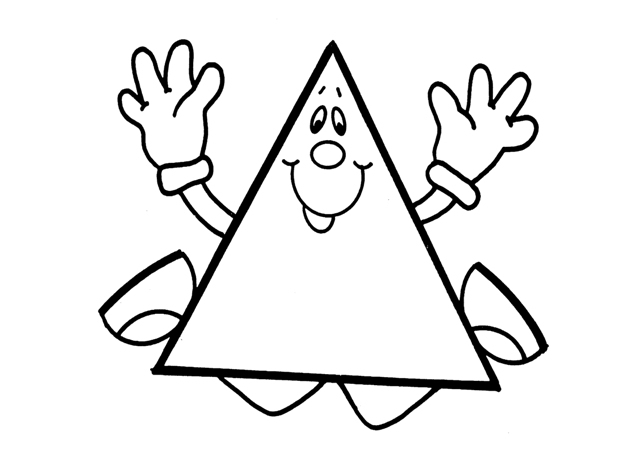Twin Triangles? Could be Cousins.

Consider the following two statements about two triangles:
P : Two Triangles have equal area, and two sides of one are equal to two sides of the other.
Q : They are congruent.
Which of the following statements is true?
(A) P is necessary and sufficient for Q.
(B) P is necessary but not sufficient for Q.
(C) P is sufficient but not necessary for Q.
(D) P is neither necessary nor sufficient for Q.
AYWC?
This section requires Javascript.
You are seeing this because something didn't load right. We suggest you, (a) try
refreshing the page, (b) enabling javascript if it is disabled on your browser and,
finally, (c)
loading the
non-javascript version of this page
. We're sorry about the hassle.
2 solutions
T a k e a g e n e r a l c a s e w h e r e t h e s i d e s o f a t r i a n g l e a r e a , b , c a n d a ′ , b , c . L e t t h e a n g l e f a c i n g a b e A a n d t h e a n g l e f a c i n g a ′ b e A ′ . A r e a = 2 1 b c s i n A = 2 1 b c s i n A ′ ⇒ s i n A = s i n A ′ . ⇒ A = A ′ O R , A = π − A ′ . S o , P n e e d n o t n e c e s s a r i l y m e a n A = A ′ . ∴ P n e e d n o t m e a n Q . B u t t h e o t h e r w a y a r o u n d , w e c a n s e e t h a t Q d o e s i n d e e d m e a n P i s s a t i s f i e d .
If Q is true then P must be true, so P is necessary for Q .
However, P can be true without Q being true. For example, suppose we have two isosceles triangles, one with the two equal sides separated by an angle of 6 0 ∘ and one with the same two equal sides being separated by an angle of 1 2 0 ∘ . Then the two triangles have the same area, thus satisfying statement P , but they are not congruent, hence do not satisfy statement Q . Thus in this case P does not imply Q , and thus P is not sufficient for Q .
So P is necessary but not sufficient for Q , making option B the correct choice.